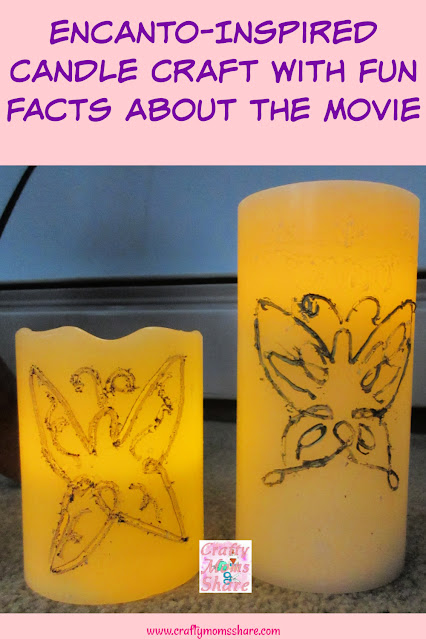Disclosure: I was sent a copy of this book in exchanged for an honest review. All opinions are my own.Does your family or did your family have a tradition of Sunday dinner? I remember when I was young, we would gather at my grandparents' house for Sunday dinner. Often it would be a steak dinner or some type of beef I believe, but that is not really a memory, but more information told to me. The memory I have is when my cousin was a baby. I remember his holding my finger with his little hands for hours. I was finally not the baby of the family anymore. The funny thing is I don't remember his younger sister as a baby, but I remember him. Today I get to share with you a story about a Sunday dinner tradition in an Ecuadorian-American family and it has a family recipe to try at the end!! (We tried it and I loved it!!) The book is Dinner on Domingos by Alexandra Katona and illustrated by Claudia Navarro. This book is recommended for ages 5 to 8 and this review is for Multicultural Children's Book Day! Join us here, we are co-hosting, on January 28th for the BIG LINKY of all the Multicultural Children's Books and the celebration. There is more information about it all below!
























